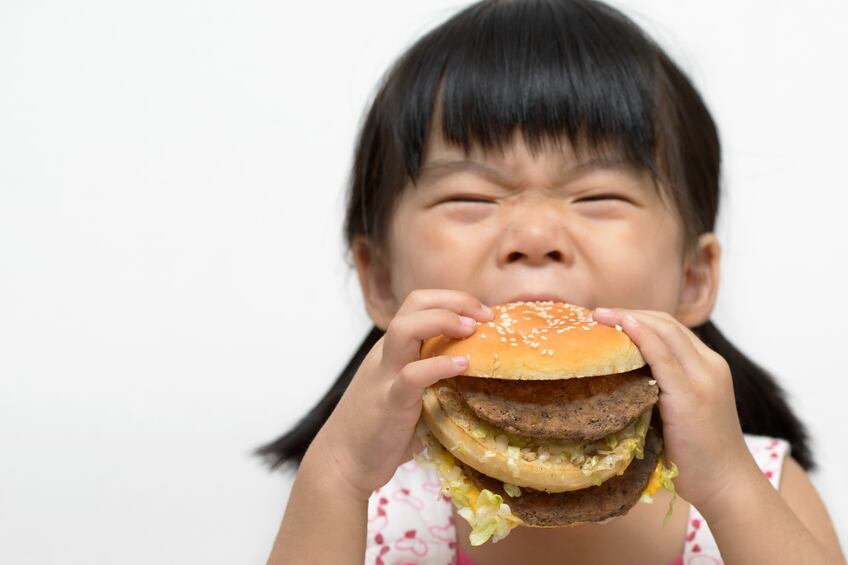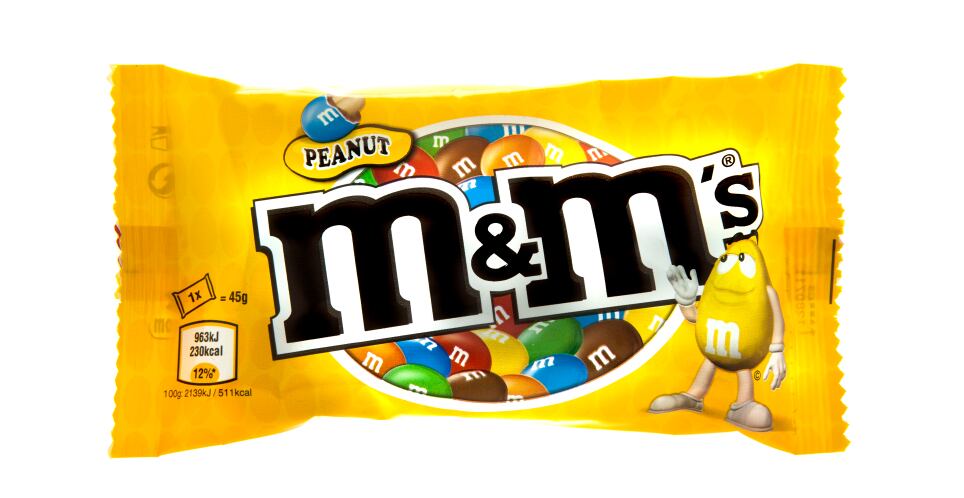Marketing professor at INSEAD, an international business school located in France and Singapore which specialises in food marketing, Pierre Chandon, reached the conclusion after conducting studies demonstrating how consumers tend to overestimate portion reductions and underestimate size increases.
This explains why shrinking portions are so negatively received by consumers, he said, sometimes even more so than price increases.
In a review of five studies involving almost 5,000 individuals, Chandon found that, on average, people judged a portion doubled in size to be just 72% greater. On the other hand, a portion which was halved was estimated to be 53% of the original size – a much closer approximation.
But according to Chandon, the findings should be seen as positive given the link between super sized portions and rising levels of obesity.
Changing portions, changing perceptions
In the 1950s a standard soft drink in McDonald’s was 207 ml (7 oz).
In 1993 the fastfood chain introduced super sized drinks, offering consumers 1,190 ml or 42 oz of soda in a single portion.
McDonald’s began to phase out supersized portions in 2004 following the high profile documentary which denounced the mega portions, Super Size Me.
This month (18 January) France brought in a law banning free refills of soda drinks,whether they are sweetened with sugar or calorie-free sweeteners. The law is expressly aimed at stemming rising obesity rates, particularly among young people.
“Some food companies act as if they are in the energy business, selling always larger volume of calories," he told FoodNavigator. "I think that they should move their value equation from product volume to customer value, from calories to pleasure.”
"Our brain is very bad at judging quantity increases, but surprisingly accurate at judging quantity decreases. Supersizing food portions is a lose-lose proposition: Consumers don't realise how much food is available, they refuse to pay a fair price for it, and end up eating more than realise."
Reducing obesity or increasing profit?
If manufacturers reduce portion sizes to combat obesity it’s one thing. But if it’s down to increase a company’s profit will consumer be as understanding?
In November last year Mondelēz widened the gaps between its Toblerone chocolate bar’s triangular chunks, resulting in reducing 400 g bars to 360 g and 170 g bars to 150 g, citing production price hikes. Mondelēz may have communicated openly about the shrinking portion on social media pages, but it still found itself fending off a consumer backlash.
According to Chandon, manufacturers need to “downsize smartly”. This could be done by elongating the portion or packaging, for instance by increasing the height and

strongly reducing the size of the base.
“Manufacturers need to be careful because consumers think that increasing price is fair game, but that decreasing size is not. A size reduction is best when it occurs simultaneously with a package redesign, formulation change or any other positioning change,” Chandon said.
“If everything else is constant, but only the size is lower – and it’s very clear [if], say, only the height was reduced – then some consumers will find out and feel cheated.”
Manufacturers also need to make sure they are not in breach of the EU's Unfair Commercial Practices Directive. It outlaws misleading tactics used by some manufacturers such as excessively bulking up of package with air or placing the same-sized product in a bigger pack.
The study
In one experiment, Chandon and Ordabayeva’s showed 510 participants cups containing 37, 74, 148, 296, and 592 M&Ms respectively. The supersized group were told how many sweets were in the smallest portion (37) and asked to guess how many were in the other portions.
The average estimate for the biggest portion was 296, or half the actual size. The downsized group, on the other hand, were told how many were in the largest cup

(596) and more or less accurately estimated how many M&Ms were in the smallest one, guessing an average of 36 – just one short of the actual number.
The researchers believe this is because there is a natural lower bound, or zero point, for shrinking portions, meaning portions cannot be reduced below zero but there is no upper limit - portions could, in theory, grow to infinity – making it harder for people to accurately guess how much bigger something has become.
In a following experiment, they provided an upper boundary and the ‘super-sized’ estimates became as accurate as the ‘down-sized’ ones.
Source: Journal of Experimental Psychology
Available online ahead of print, http://dx.doi.org/10.1037/xge0000259
"The Accuracy of Less: Natural Bounds Explain Why Quantity Decreases Are Estimated More Accurately Than Quantity Increases"
Authors: Pierre Chandon and Nailya Ordabayeva
